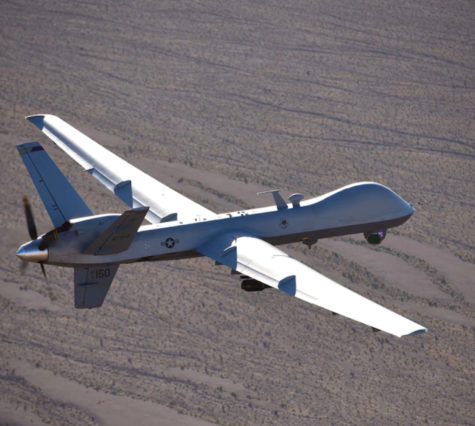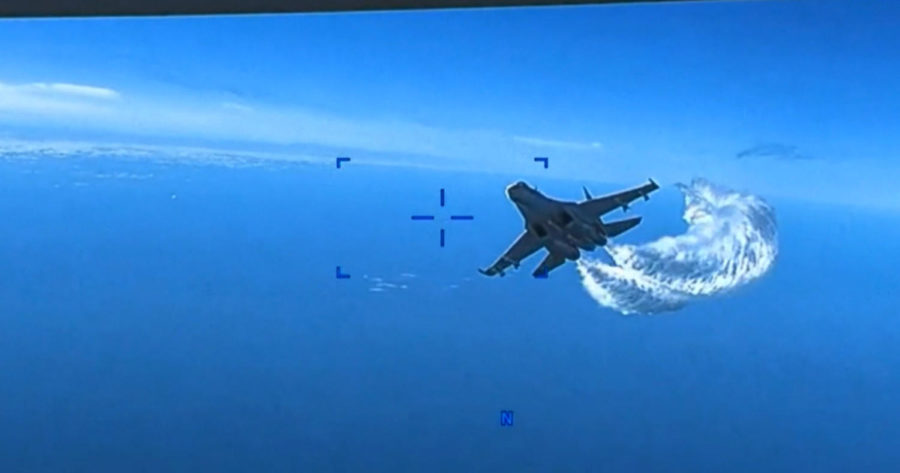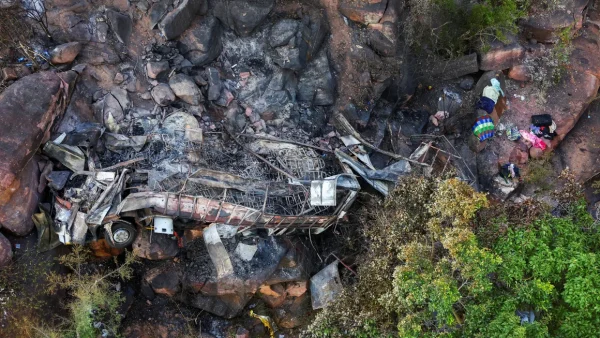Russian Fighter Crashing Into American Drone
Could Tighten Tensions
March 23, 2023
At 7:30 Central European Time on March 15, a Russian Su-27, a combat fighter jet, harassed and ended up colliding into a U.S MQ-9, which is a surveillance drone. This occurred over the Black Sea and the MQ-9 ended up in the water. According to CBS News, the White House said, “Our MQ-9 aircraft was conducting routine operations in international airspace when it was intercepted and hit by a Russian aircraft, resulting in a crash and complete loss of the MQ-9,”. On the other side of the story, according to James Landale & Henri Astier from BBC, the Russian defense ministry said that the MQ-9 Drone didn’t have its transponders on. Transponders are communication devices that allow an aircraft to be tracked, so having this off could seem like they wanted to sneak into Ukraine to serve what is happening in the war. Today, the 22nd of March, Russia warned the U.S over the incident and they said they would use “countermeasures”, according to Anna Chernova from CNN. According to the same article Russia’s Deputy Foreign Minister Sergei Ryabkov said, “We warn them against trying to play on their nerves, testing our patience.”

The MQ-9 is an aircraft piloted by a person on the ground, usually on a base. This aircraft is primarily used by the United States Air Force, they use it as a surveillance drone at times but they also could use its precise bombs to perform air strikes. The MQ-9 consists of a Multi-Spectral Targeting System, which has visual sensors used for targeting. The system has infrared used to see in the dark, color, laser designator and laser illumination. You can find more information on the MQ-9 by going to the United States Air Force website.
The Russian plane jet fighter involved in this incident was the Su-27. This fighter is a long interceptor, with its two turbofan engines it can fly more than twice the speed of sound, and has some good agility which is irregular due to its size. It holds radar guided or infrared homing air to air missiles, unguided air to ground rockets and a gun firing 30mm exploding shells. You can find additional information on Britannia.














